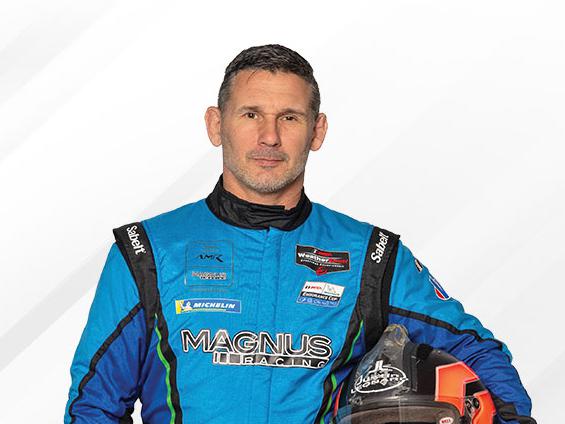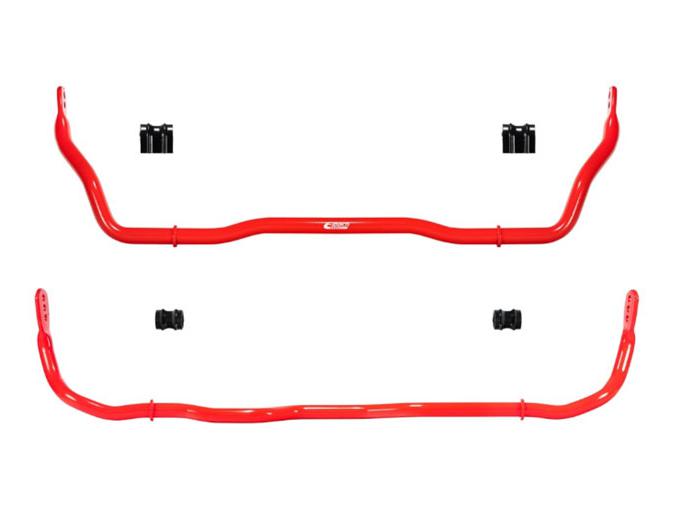Industry Insights: Michael Rigsby
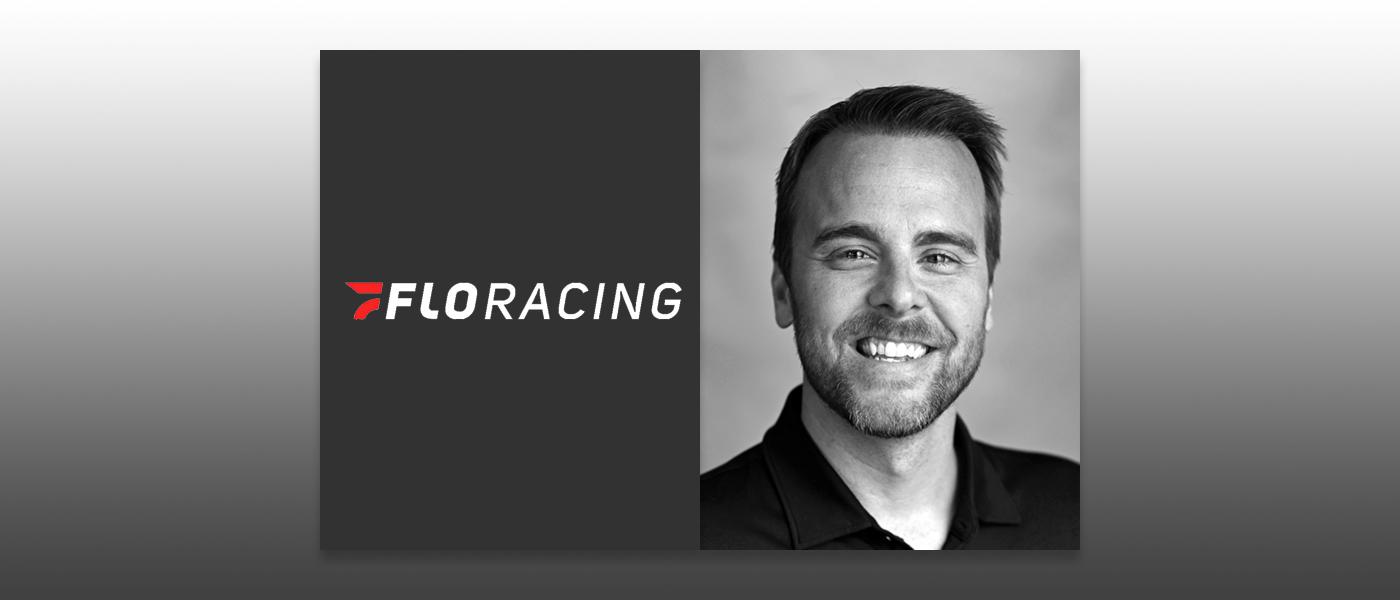
With the goal to be the “essential destination for motorsports in North America,” Michael Rigsby has transformed his upstart DirtOnDirt.com live-streaming service to cover more than 2,000 live motorsports events annually. Now with FloRacing, he explains why he believes live-streaming actually benefits the sport overall.
The ability to see potential in the early stages of something is a gift given to very few people. Michael Rigsby is one of those lucky few. Rigsby got his start in media as a local TV station sports anchorman in Madison, Wisconsin, but his passion for dirt track racing started much earlier, in his youth growing up in central Illinois.
When Rigsby saw the potential of the Internet for racing fans in the early 2000s, he was still working in broadcast TV, while his future wife Amber was working as an on-air DJ and marketing director in radio. Together, the two hatched a plan to create a website that would cover everything to do with dirt track racing. Both of them quit their jobs and devoted themselves full-time to DirtOnDirt.com. The rest, as they say, is history. DirtOnDirt became part of FloRacing in 2019, which is itself part of FloSports, a major online broadcaster of racing and sporting events. Rigsby serves as vice president of motorsports. We caught up with Rigsby to see how it started, how it’s going, and where he thinks it’s headed in the future.
PRI: So, how did you end up where you are?
Rigsby: I was born and raised in central Illinois, so I’ve been a motorsports fan all my life. Central Illinois is one of the great short-track hotbeds of North America. Fairbury Speedway is my home race track. My grandfather was a racer at Fairbury way back in the day, so I’ve always had a motorsports background. At the same time, I’ve known since I was five or six years old that I wanted to be a sports broadcaster. I graduated from Illinois State with a journalism degree. I got a job up in Wisconsin, but I was still attending a ton of races. We would go to races with anywhere from 5,000 to 20,000 people at them, but with no media coverage. So I had the idea that there needs to be an all-encompassing news outlet for my particular passion. We called it DirtOnDirt, and we wanted to be the site for dirt late model racing. My wife would do all the marketing and on-site activation, and I would be the one handling all the editing, the shooting, the on-air stuff. We both quit our jobs in 2007 and started this company.
PRI: DirtOnDirt.com became successful, but how did you end up at FloRacing?
Rigsby: FloSports acquired the company in 2019. We had started DirtOnDirt from virtually nothing and built it up to more than 30 employees. I became the vice president of motorsports at FloSports. We cover everything. It’s sprint cars, it’s pavement late models, it’s drag racing, it’s snowcross. Our goal for FloRacing was, is, and always will be to be the essential destination for motorsports in North America. All of the NASCAR grassroots stuff belongs to us. We cover more than 2,000 live motorsports events a year.
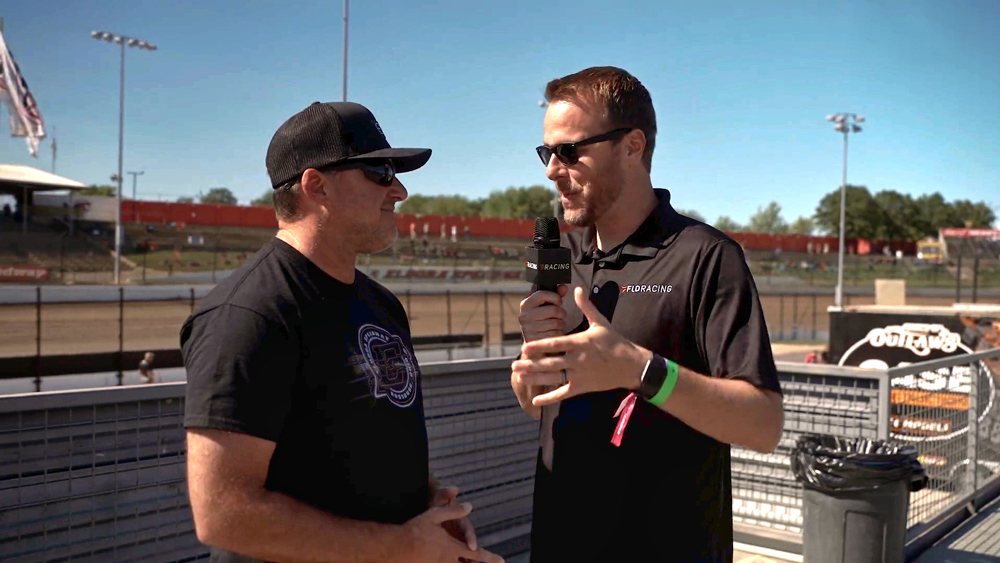
PRI: What is your relationship to the series that you cover?
Rigsby: It is absolutely a benefit to the partners that we have, whether that be the Lucas Oil Late Model Dirt Series, or Tony Stewart’s All Star Sprint Car series, or the Duck X Productions that we do at drag racing or NASCAR grassroots. It is elevating our partners. We have multi-year partnerships with all these people, and it’s not just an exposure thing. I think short-track racing and grassroots motorsports have always been the next big sport in America, just bubbling under the surface.
Listen, it’s never going to be the NFL or college football, but collectively, the number of short-track racing fans in America is enormous. But it’s always been sort of a cultish niche following because the distribution was never easy. It was always hard to find, it was always splintered. So that’s the really beautiful thing that FloSports has done. My mission is to house it all in one place where sprint car fans are watching Late Model racing, and Late Model fans are watching drag racing, and drag fans are watching snowcross, maybe for the first time. For example, we had this incredible 500-mile snowcross race earlier this year. We had all these sprint car and late model and drag racing fans tweeting about it, because for the first time it’s all being distributed from one location.
Bringing that bigger audience allows all these different disciplines of motorsports to lean on each other and be a collective for the first time ever. That has absolutely elevated not only short-track racing, but particularly our partners. The exposure that Lucas Oil now gets as a sponsor of a tour is bigger because the audience is so much bigger. It’s crazy, this general awareness that has exploded in the last two or three years because of everybody having access to all of this through one affordable subscription.
PRI: What are some of the logistical challenges that you face trying to cover all these different events?
Rigsby: Scale is the hardest thing. No one has ever attempted to broadcast motorsports at a grassroots level at this scale. It’s a challenge to be able to put 2,000 events on the air from facilities that are not “built for television” or for broadcasting. So being able to scale this to the level we’re doing comes with an enormous number of challenges from crewing to logistics, to shipping to equipment to the talent. We are constantly cultivating new talent, new camera people, new producers, new everything. So that is the hardest thing.
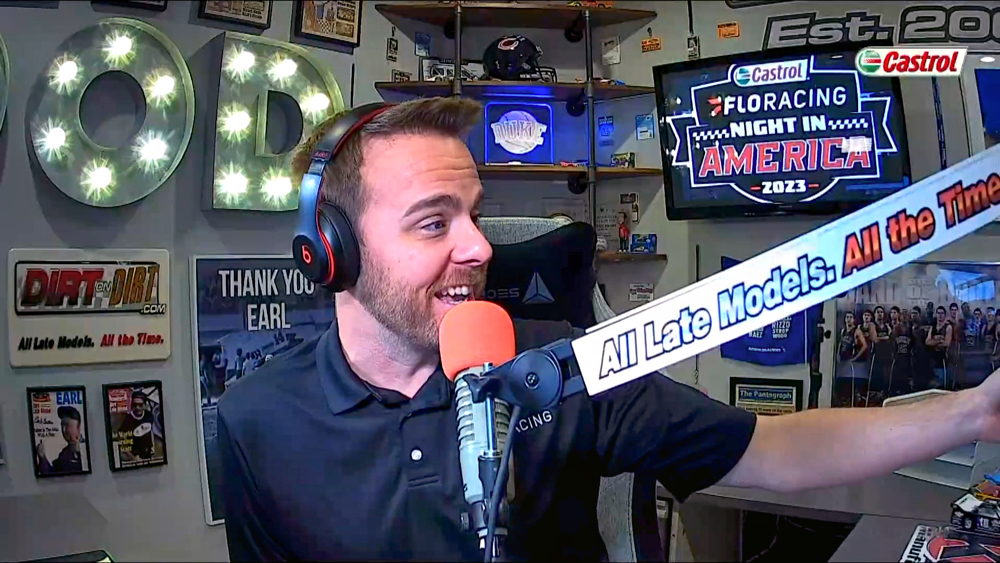
PRI: How do you negotiate with tracks and series and promoters to cover a racing event?
Rigsby: You asked if we’re talking to the track or the series, and the answer is yes to both. We have partnerships that exist with both. For example, somebody like USAC—the United States Auto Club—comes to us and says, “We want you to broadcast all of our sprint car races.” So we do a deal, and that is the only entity we deal with. However, there will be tracks that say, “Hey, we would like to have you broadcast all of our events.” Or there are tracks out there that won’t have a series and they just run an independent big event. In those cases, we deal with the race track. Now, obviously we can’t support every track that calls, but if a track is interested in broadcasting their season schedule, they should reach out.
PRI: What does a successful relationship with a series or track look like? Do they pay you to broadcast their events?
Rigsby: It’s typically the other way around. We would offer them a rights fee to broadcast their event or series. We have an awesome data team and an awesome rights acquisition and advertising team that figures out what we think it could be worth, working in our model. Then we offer them a rights fee. That’s how it would go.
Now, there are some tracks out there that just want to be on Flo so much that they do offer to pay us. Those deals are rare because every time we do a production, it’s not just flipping a camera on. It’s a logistics team that has to have the equipment there. The scheduling team has to get the crew there, so it has a certain amount of work. So we have to limit the number of events we can do. They’re not all going to be the same in value, but the principle of the deal would remain the same.
PRI: What goals do you have for FloRacing in the next few years, and then over a longer term?
Rigsby: My mission right now is to make FloRacing the essential destination for motorsports in North America. We have work to do on that. That goes from schedules to breaking news to a little bit more of an editorial presence. I built DirtOnDirt.com on that model of being able to find a team schedule, find the results, and find data integration. Those are all ingredients that go into the soup to make us the essential destination for the events we’re broadcasting.
Data is very important to us. We recently acquired Race Monitor, which streams live timing to mobile devices. Then I want to have a driver profile on every driver in North America and every race they run. I want you to be able to click on a driver’s name and see every result of every race he’s run in his career. All of those things go into making us the essential destination. We have an awesome films team, starting to put short films together. We did a short film with Jonathan Davenport called “Dirty Dollars.” I’d very much recommend watching it. I want our fans to know the stories of who these guys are, not just the number on the car.
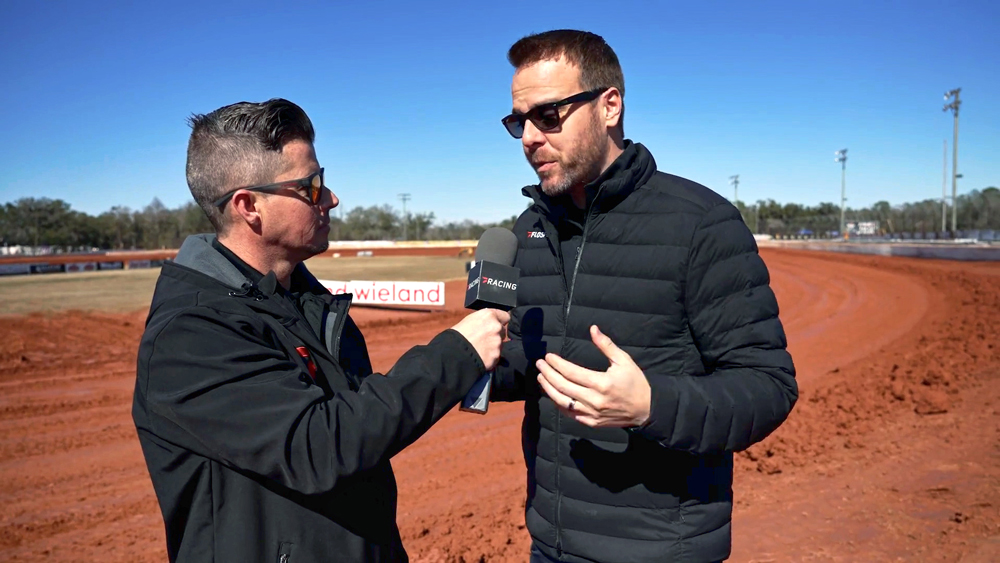
PRI: Are there people or organizations that you try to emulate?
Rigsby: This will probably sound the wrong way, but truly the thing is, you can’t point to another company in North America or the world that is attempting to tackle motorsports like we are.
I would give a nod to some of our competitors in the space like DIRTVision and Speed Sport Network. I have a tremendous amount of respect for both Brian Dunlap at DIRTVision and Chris Graner at Speed Sport Network. They are competitors, but I have so much respect for them because of the way they do business and how they carry themselves. The only difference is the scale at which we’re doing it. Those guys do 400 to 500 races a year, and we’re doing 2,000. I think we’re in a new frontier that we’re blazing on our own.
PRI: Do you think that live streaming discourages people from going out and buying a ticket, or does it just create new fans? I know this argument occurred decades ago around baseball and football, but do you think the principle holds true?
Rigsby: I think it’s important to note that I’m part of the ownership group of Fairbury Speedway. So I exist on both sides of this. We broadcast most of our races, so I work in the broadcasting side and in the promotional side. By and large, the promoters and race tracks we work with have never cited live broadcasting as a hindrance to at-track attendance for them. Most of them have said the exact opposite. They felt like our presence at the event has made it bigger, has offered more legitimacy to it, and has exposed it to a wider audience.
I had a race track promoter tell me one time, let’s say you cost me 10 tickets. I know that there were 10,000 people watching that who are future ticket buyers. So our philosophy is no, it does not in any way harm live attendance. For anyone who may fall into that category, it’s absolutely worth it from the perspective of exposing it to such a larger audience. We know people walk through gates, and they do it at my race track, and say, “I saw you on Flo. I saw you on DIRTVision, and I came because of that.” We believe it certainly is way more positive than negative.
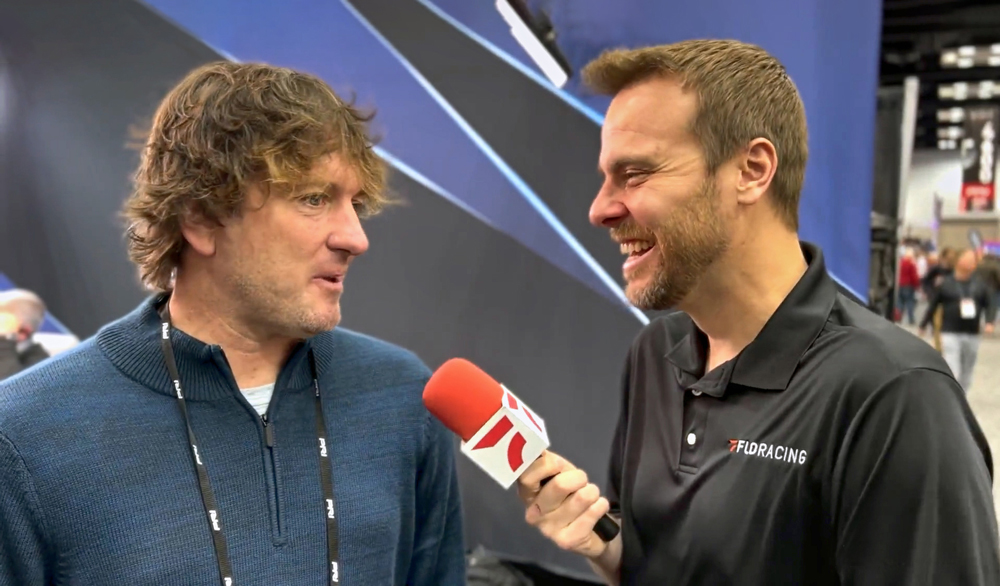
PRI: What are you going to do to keep things fresh and provide the “wow factor” at FloRacing?
Rigsby: Most of our high-level shows use drones now. But it’s most important to me, when you’re broadcasting as many events as we can, to make sure the delivery is right. That each event has solid camera work, solid live timing and scoring, and that there are no disruptions in service. When I tune into a basketball game and I see them trying some bizarre angles on the Final Four, I think no, this is not how we watched basketball for 60 years. We will continue to evolve with tech, and we will continue to provide new and cool features and user experiences, particularly around data with our customers. But it is important to me that we offer steady streaming, live timing and scoring, and solid camera work. If you told me that I accomplished that over the next three years, I would be happy.
PRI: Let’s talk about the future. What do you think we can do as an industry to promote motorsports and sustain its popularity through a period of profound change?
Rigsby: I think we all have to reevaluate what it means to be a promoter. The world is changing, and short-track promoters have got to change with it. Flo can be a part of that solution, to work with them to understand the different ways that the world is evolving. We work with a lot of promoters whose methods and formulas have been successful for a long time. But if you ask anybody, whether it’s Major League Baseball, the NFL, anybody, they’ll say the audience and audience habits are changing so much that just because methods were successful for many years, that doesn’t mean they’re going to work anymore.
Collectively, our industry has got to take a look in the mirror to understand that and not be scared of it. We have great products. We just have to tweak, evolve, and change a little bit with it. I want FloSports to be part of that solution. I want a race track promoter to come to me and say, “We’re struggling. What do you think?” I want them to come to us and ask us questions. We’ve got a great set of minds inside our building and inside our office, and we can help them with that. You can no longer just do what you’ve always done and expect the same results, because the world is a totally different place now than it was even 10 years ago. Our mission when we got involved in racing was to grow motorsports. I think we’re doing that, and we are just getting started.
 MEMBERSHIP LOGIN
MEMBERSHIP LOGIN JOIN PRI
JOIN PRI
